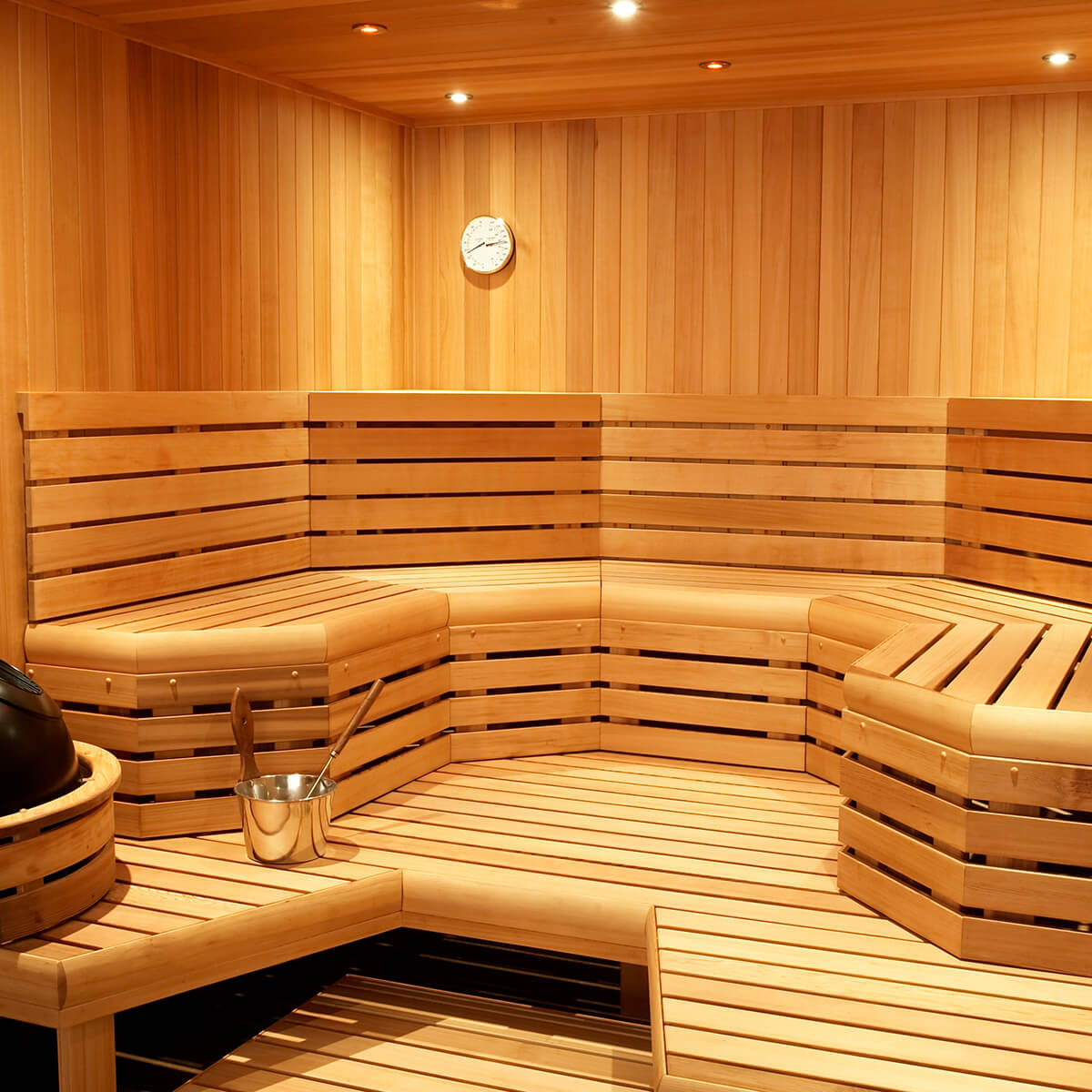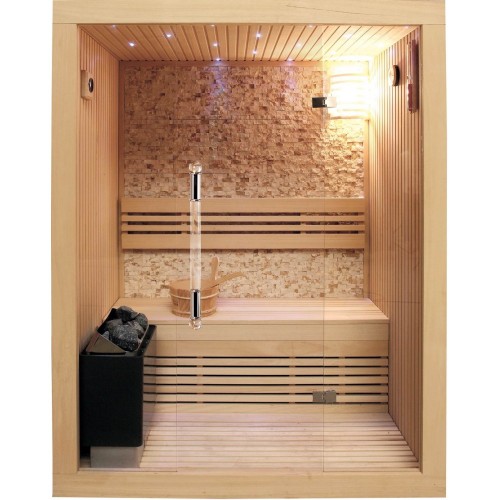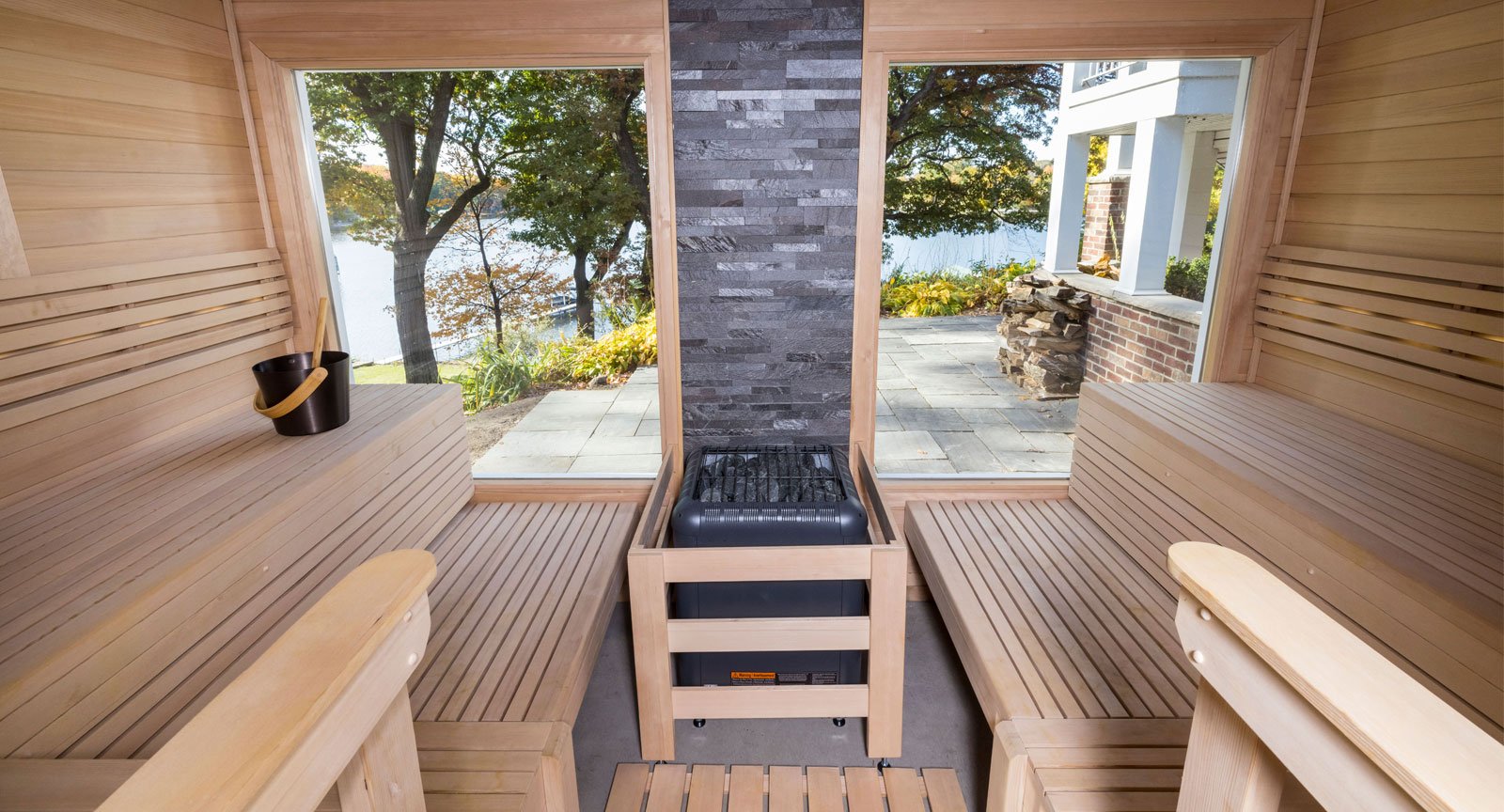The Basic Principles Of Traditional Sauna
The Basic Principles Of Traditional Sauna
Blog Article
The smart Trick of Traditional Sauna That Nobody is Talking About
Table of ContentsNot known Incorrect Statements About Traditional Sauna The Best Strategy To Use For Traditional SaunaThe Main Principles Of Traditional Sauna Unknown Facts About Traditional Sauna8 Simple Techniques For Traditional Sauna
Most of the weight shed in a sauna is water loss and is re-gained upon rehydrating. Without a question sauna can be a crucial component of a healthy and balanced weight loss program. To consider the distinctions in between typical and IR saunas, I will certainly divide these right into proven, academic, and fabricated differences.Thus, the hottest point in the saunawhich is at the ceiling straight over the sauna heateris typically between 185 and 190 F. Claims that a conventional sauna exceeds 200 F is simply not real and not relevant for electrical saunas marketed in the United States. The temperature for a far-infrared sauna is typically set between 120 and 140 F; however, unlike the typical sauna, the objective in and IR space is not to accomplish a heat.

When a typical sauna has actually been correctly heated, the sauna wall surfaces are warm, the air temperature level has attained set temperature level and the rocks are very warmed. As a fascinating side note, the heated walls and the rocks are releasing far-infrared heat, incorporated with the heated air, to produce an "enveloping warm".
The Best Guide To Traditional Sauna
When the heat is attained, the elements cycle on and off to keep the heat. Most traditional sauna users delight in pouring water over the rocks to produce heavy steam to increase sauna humidity levels. The advantages of pouring water over the rocks include: making the space a lot more comfortable, dampening the nasal passages, and enabling the usage of aromatherapy by blending important oils with the water.

When the energy enters the body, it causes the body temperature to boost and eventually causes sweat. In an infrared sauna it is necessary for the emitters/heaters to stay on virtually continuously. Because there is no mass of rocks to maintain click resources heat, the sauna will certainly cool down if the emitters shut down.
The 3-Minute Rule for Traditional Sauna
As pointed out above, the sauna bather in an infrared area wants to position himself before operating emitters to obtain maximum advantage from the warm. The home heating time for the 2 rooms can be really different, relying on exactly how the areas are utilized. For a conventional sauna, a bather needs important source to enable 30-40 mins for the space to achieve a desired temperature level and to appropriately pre-heat the rocks.

A well built sauna will typically achieve a temperature of 150-160 F in concerning 30-40 minutes. For hotter temperature levels, the room may require to warmth for a longer period.
To some, 15 mins was "wasted" while the infrared energy heated up the wood panels as opposed to warming a body, while others locate a pre-heated area to be more comfortable and believe an elevated starting temperature is required to begin perspiring. The length of suggested use for every space is around the exact same (10-15 mins per session); nonetheless, as a result of the reduced air temperature levels and the capacity to really feel the results of infrared warm quicker than a standard sauna, it is not unusual for an individual to spend an overall of 20-30 minutes in an infrared sauna.
Fascination About Traditional Sauna

The ordinary cost per kWH of electrical energy in the U.S. is around $0.11, so a 4.5 kW heating system will cost about $.50 to run for one hour, if the heating unit runs continually for one hour. Normally a sauna heater will compete 75% of the initial hour and 50% of subsequent hours on because the components important source cycle once the established temperature is accomplished.
A 2 individual far-infrared room is normally literally smaller sized than a conventional sauna, commonly concerning 4' x 4' or smaller. The IR heating system is usually 1.5-1.7 kW making use of a 120 volt 15 amp plug-in solution. Since the room can be utilized faster than a sauna area, we will certainly think the area is utilized for to of an hour including warm up time.
There is a rarely reviewed distinction in the social experience in between the 2 areas. While our society has actually shed several of the social advantage of the typical sauna experience, it can be really socially rewarding (Traditional Sauna). From family time in the sauna, to heart-felt conversations with better halves, to sauna partiesthe traditional sauna experience can lead to intimate socializing
A Biased View of Traditional Sauna
Most greater end infrared spaces consist of colored light treatment, noise systems and full-glass fronts.
Report this page